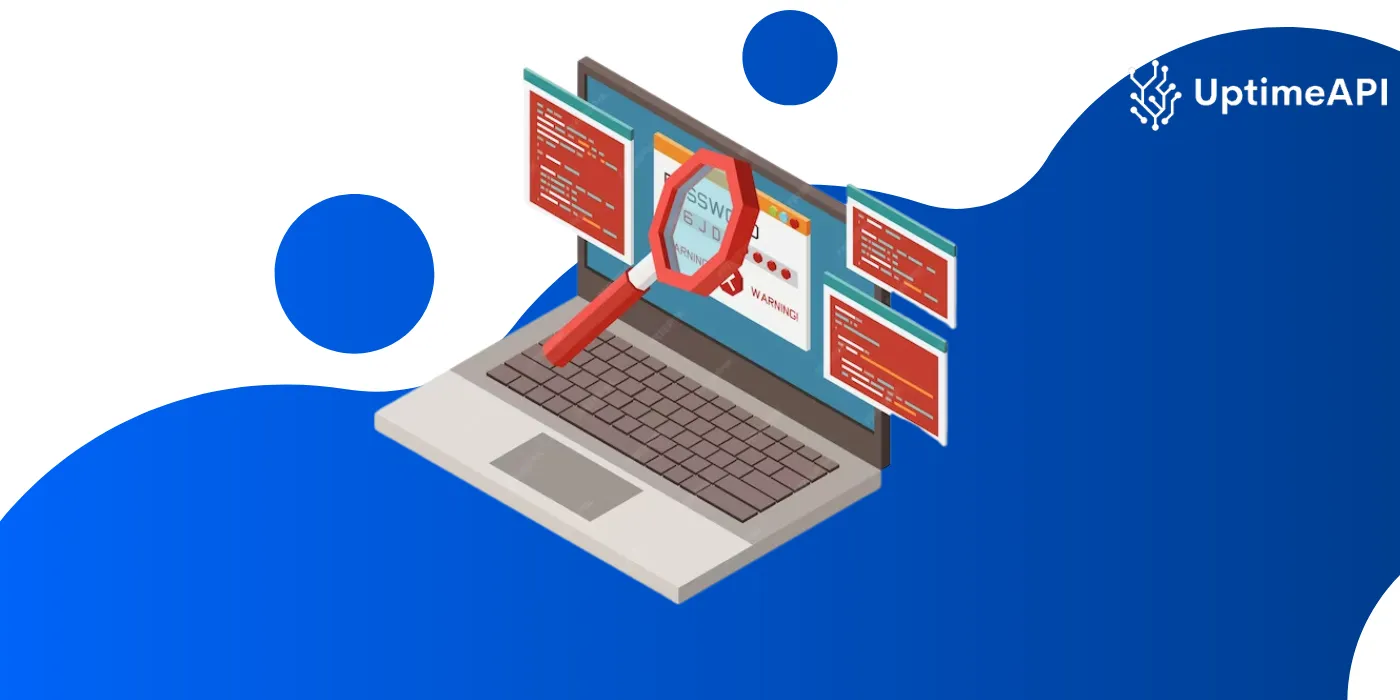API Monitoring: Ensure Optimal API Performance

In the digital age, Application Programming Interfaces (APIs) serve as the backbone of modern software systems, enabling seamless communication and integration between various applications and services. However, ensuring the optimal performance of these APIs is crucial for delivering a smooth user experience and maintaining the reliability of digital services. This is where API monitoring comes into play. In this blog post, we will explore the importance of API monitoring and how tools like Uptime API can help developers ensure the optimal performance of their APIs.
Understanding API Monitoring:
API monitoring is the process of continuously observing and analyzing the performance and availability of APIs. It involves monitoring various metrics such as response time, uptime, error rates, and throughput to ensure that APIs are functioning as expected. By monitoring APIs, developers can detect and address issues proactively, minimizing downtime and optimizing performance.
Why API Monitoring Matters:
- Ensuring Reliability: Reliable APIs are essential for delivering a seamless user experience. By monitoring APIs, developers can ensure that APIs are available and responsive at all times, minimizing the risk of service disruptions and downtime.
- Identifying Performance Bottlenecks: API monitoring provides insights into performance metrics such as response time and throughput, allowing developers to identify and address performance bottlenecks that may impact the overall user experience.
- Proactive Issue Resolution: Monitoring APIs enables developers to detect issues such as downtime, latency, or errors in real-time, allowing them to take proactive measures to resolve these issues before they escalate and impact users.
Getting Started with API Monitoring Using Uptime API:
Step 1: Sign Up for Uptime API:
To get started with API monitoring using Uptime API, sign up for an account on their website. Uptime API offers a user-friendly interface and easy setup process, making it accessible for developers of all levels.
Step 2: Add Monitors:
Once you've signed up, add monitors for your APIs using Uptime API. Monitors are checks that Uptime API performs on your API endpoints at regular intervals to ensure they are functioning correctly. You can specify parameters such as request method, headers, and expected response status code for each monitor.
Step 3: Set Up Alerts:
Configure alerts to notify you when issues are detected with your APIs. Uptime API allows you to set up alerts via email, SMS, or integrations with communication platforms like Slack, ensuring that you are informed of any issues in real-time.
Step 4: Analyze Performance Metrics:
Utilize Uptime API's reporting and analytics features to analyze performance metrics such as uptime, response time, and error rates for your APIs. These insights enable you to identify trends, track performance over time, and make data-driven decisions to optimize API performance.
Best Practices for Effective API Monitoring:
- Monitor Critical Endpoints: Focus on monitoring critical endpoints that are essential for your application's functionality to prioritize resources effectively.
- Set Realistic Thresholds: Define realistic thresholds for performance metrics based on your application's requirements and user expectations.
- Implement Automated Testing: Integrate automated testing into your monitoring process to simulate real user interactions and catch issues before they impact users.
- Regularly Review and Update Monitoring Strategy: As your application evolves, regularly review and update your monitoring strategy to adapt to changes in your API infrastructure and business requirements.

Conclusion:
API monitoring is essential for ensuring the optimal performance and reliability of APIs in today's digital landscape. By continuously monitoring APIs using tools like Uptime API, developers can proactively detect and address issues, minimize downtime, and optimize performance to deliver a seamless user experience. By following best practices and leveraging the capabilities of API monitoring tools, developers can ensure that their APIs meet the demands of modern digital services and drive business success.